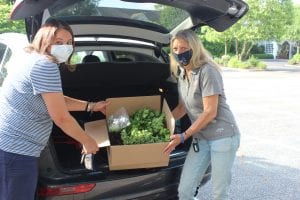By Kimberly Brown
The responsibilities of home care workers and health aides to support the daily activities of those who are incapable of doing so themselves are always vital. However, since the pandemic began, home care aides on Long Island have become some of the most essential group of workers needed to help prevent the spread of COVID-19 from entering their patients’ homes — all while still performing their normal duties. The work of Long Island home care workers has been noted by not only the companies they work for, but their communities, too. Veronica Stokes from Home Helpers Home Care of Huntington expressed what work has been like since the pandemic started to take hold in March.
“It’s very hard to be [emotionally] distanced when working with the elderly,” Stokes said. “I’m learning how to do it. I do everything except sign on their checks to pay the bills. I take [a lady] to get her nails done, shopping, going to the bank, everything. I cook for the weekend, and I put everything in the freezer and label it Saturday, Sunday, lunch, dinner.”
Though activities are already limited for high-risk patients, COVID-19 has further prevented them from partaking in day-to-day affairs. Workers like Stokes put in a valiant effort to ensure her clients feel some sort of normalcy while the pandemic still remains a threat.
“Every day I used to pick sunflowers, and I would get little cups, put ice in them, and put them by everyone’s bedside,” she said. “Even if they can’t see the flowers, they can smell them. Or I would even use jasmine too, so they know someone was here. It’s the little things that help take their mind off what’s going on.”
Many elders, as well as ordinary sick patients, have been unable to see their families due to the new rules that have been implemented at hospitals and health clinics. Home care workers like Pamela Garruppo from Critical Health Care in Port Jefferson shared stories about her patients and what they have been going through as they prepare for important surgeries and medical procedures.
“I have a patient who is waiting for a liver transplant and she can’t see her family,” Garruppo said. “She couldn’t wait anymore because she needed the liver so badly, but couldn’t have any contact with her family since the hospitals shut down. I watched her husband cry because he couldn’t even go in to hold her hand.”
This isn’t Garruppo’s only patient who hasn’t been able to see their family. She describes another instance where a patient of hers, who lost her husband, was only allowed to see him for an hour a day before he passed.
“Only two family members were allowed to see him, so they had to choose between one son or the other to go see their father before he died,” Garruppo said. “But that’s COVID, unfortunately.”
One of the best feelings Garruppo has is when she goes to see her patients and they express to her that they’re feeling better.
“My patients are like my family,” she said.
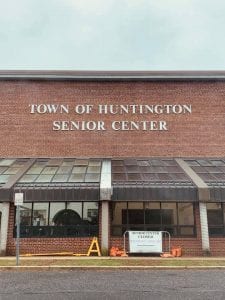
The struggles home care workers have faced this year have been strenuous on their mental health and daily life. Despite the obstacles put in their way, Critical Health Care’s Regina Varacchi explained she doesn’t feel like the one who’s suffering the most right now.
“I can’t even say that I’ve struggled so much, it’s really my patients that are struggling,” Varacchi said. “I’m the one who’s getting out of my house, working and seeing people. My struggle is watching what’s going on and seeing the depression. Just thinking about it breaks my heart.”
One of Varacchi’s patients, who she considered to be family, had been fighting cancer for eight years. Then the patient unexpectedly contracted COVID and passed abruptly.
“This guy was the most amazing man ever, and he was a fighter,” she said. “Since he was compromised, they immediately admitted him and I think it was only one day later that they put him on the ventilator, and within two days he was gone. People don’t take it seriously until they lose someone they love.”
One good thing that has come out of the pandemic for Varacchi is that it initiated a reset. Being able to express her creative side by doing crafts and taking part in outdoor activities such as going to the beach, are things she would’ve never done if the pandemic didn’t exist.
“It was a reset in life, and it makes you realize what you took for granted,” Varacchi said.
For other Critical Health Care workers such as Gail Crichlow-Hall, personal health was of the utmost importance when caring for others. Due to her position in working with patients free of COVID-19, she was more concerned about them than her own wellness.
“If I’m ill there is a high possibility that I could pass that on to the patients, and you just don’t want to play that game,” Crichlow-Hall said. “I had to make sure I was healthy and that my household was healthy because ultimately that would affect my job and the patients.”
For Crichlow-Hall, one of the many downfalls COVID-19 has caused is the inability to create a bond with patients. She now has to consistently distance herself and believes social distancing in compromised patients will carry on for many years to come.
“In the office, we used to be able to offer simple things like candy, coffee, things like that,” she said. “We no longer do that because it was in a common space where everyone could go and touch. You can’t get to know your patients or give them a friendly hug during the holiday time.”
Being a person of faith, Crichlow-Hall says the pandemic helped to solidify her beliefs in God. Her experience while working throughout the pandemic has proven to her that there is a higher being.
“And there is no way you can convince me moving forward of anything else,” she said with a laugh.

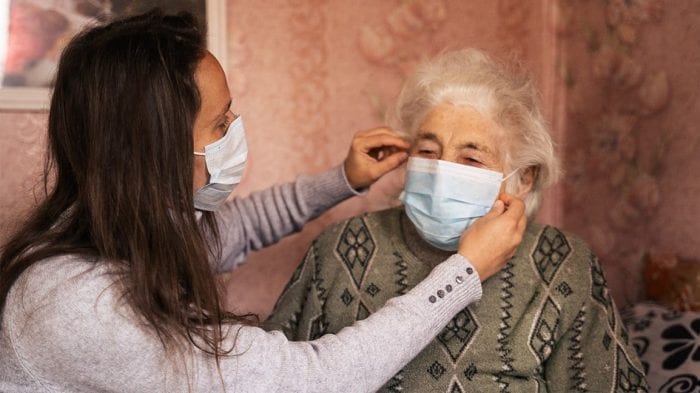

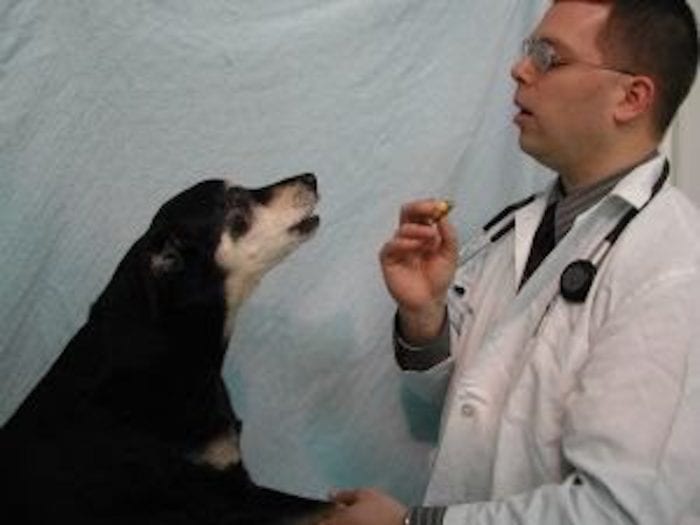


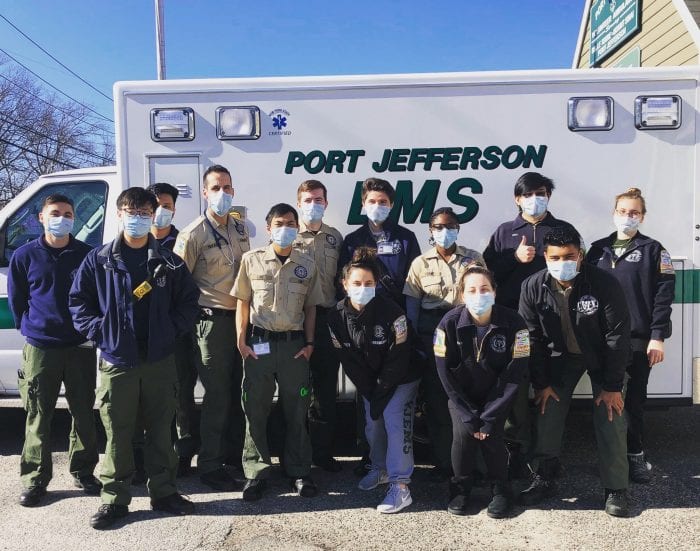


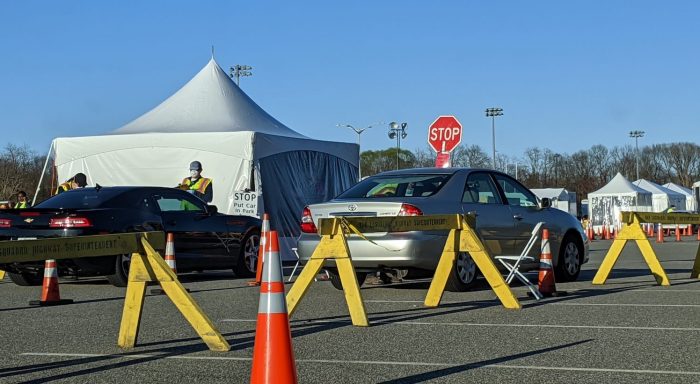
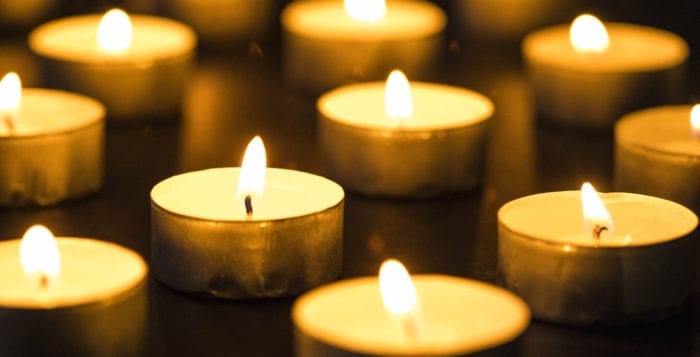
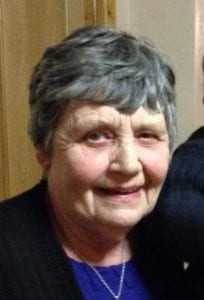 Nora is survived by her five children: Michael, John, Kevin, Eileen and James. She is also survived by her 12 grandchildren: Brendan, Collin, Brianna, Sean, Kelly, Katie, Michael, Maureen, James, Ciaran, Megan and CJ.
Nora is survived by her five children: Michael, John, Kevin, Eileen and James. She is also survived by her 12 grandchildren: Brendan, Collin, Brianna, Sean, Kelly, Katie, Michael, Maureen, James, Ciaran, Megan and CJ.
